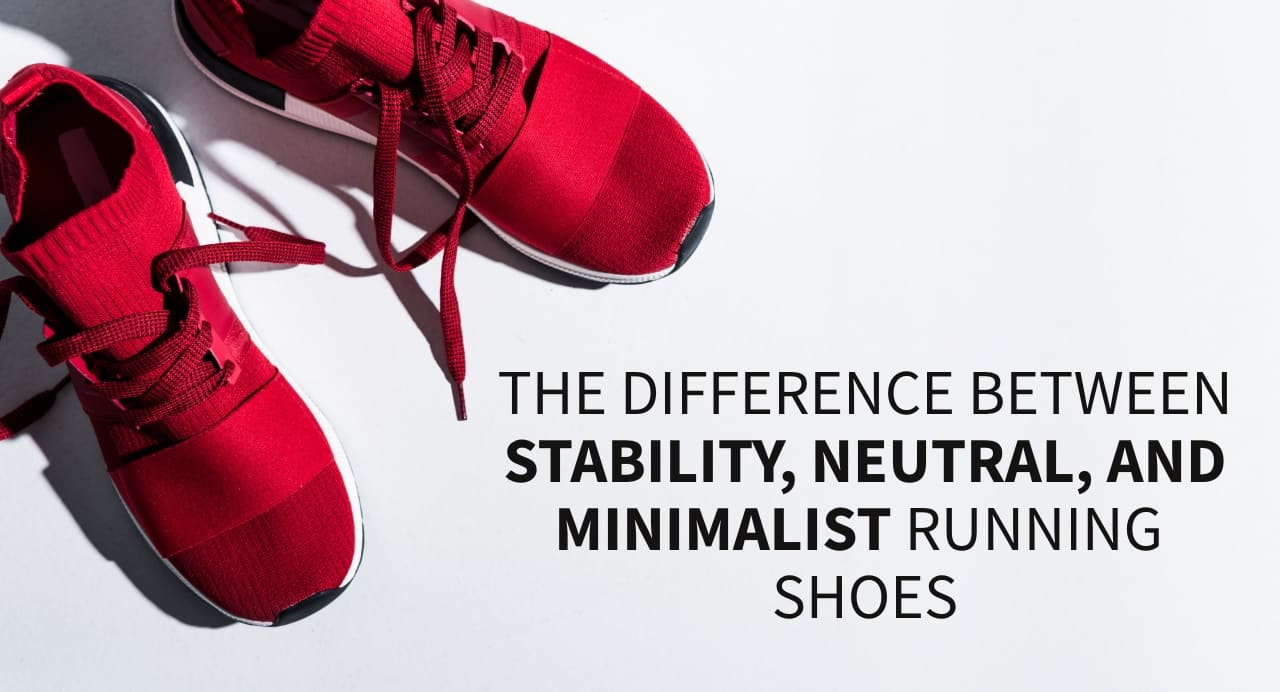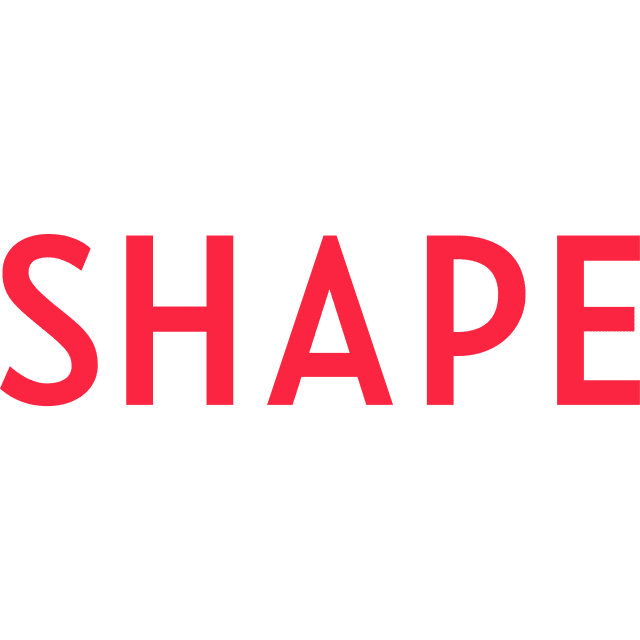- Different Types of Running Shoes
- What Shoe is Best For You?
- What are Stability Running Shoes?
- What are Neutral Running Shoes?
- What are Minimalist Running Shoes?
- Find Your perfect Fit
- Why Trust Lucky Feet Shoes
Article Summary
This guide explains the key differences between stability, neutral, and minimalist running shoes to help runners choose the best option based on their foot mechanics and running style. It includes pros and cons for each shoe type and offers practical tips for identifying the right fit by analyzing wear patterns and gait.
- Stability shoes are ideal for runners who overpronate (feet roll inward). They offer extra arch support and cushioning to reduce injury risks like plantar fasciitis and shin splints, but tend to be heavier and less flexible.
- Neutral shoes suit runners with a natural gait who don’t need added support. They’re generally lighter, more flexible, and comfortable for many foot types, though they may lack the structure required for overpronators.
- Minimalist shoes provide a barefoot-like experience with little cushioning or support. They promote a natural stride and are best for experienced runners with strong foot muscles. However, they carry a higher injury risk if not transitioned gradually.
The Difference Between Stability, Neutral, and Minimalist Running Shoes
Comparing Stability, Neutral, and Minimalist Running Shoes
Stability running shoes are crafted for runners whose feet tend to roll inward excessively during movement, a condition known as overpronation. These shoes typically feature structured elements like firmer midsoles or support technologies that help guide the foot into better alignment and reduce strain over long distances.
Neutral running shoes are built for runners whose foot motion is biomechanically efficient and doesn’t require correction. These shoes focus on cushioning and comfort without added stability features, allowing for a smooth, unrestricted running motion. They’re a great match for runners with balanced gait patterns.
Minimalist running shoes strip away much of the cushioning and structure found in traditional footwear, offering a closer-to-the-ground feel that mimics barefoot running. These are best suited for seasoned runners looking to strengthen their feet and improve proprioception, but they require a gradual adaptation period to avoid injury.
Each shoe type supports a different running experience, and choosing the right one depends on your gait, foot shape, and comfort preferences.
Which Shoe is Best for You?
Now that you understand the differences between stability, neutral, and minimalist shoes, it’s time to figure out which type best suits your running style and foot mechanics.
A good place to start is by examining the wear pattern on your current running shoes. If you notice significant wear along the inside (medial) edge of the sole, you may be overpronating—this is a common indicator that you’d benefit from stability shoes, which provide added arch support to keep your stride aligned.
Still unsure which direction to go? Don’t worry—we’ll break things down even further in the sections below. Or, if you'd prefer one-on-one help, stop by your nearest Lucky Feet Shoes store for a free, personalized foot analysis from one of our expert fitters!
What Are Stability Running Shoes?
Stability running shoes are specifically designed for runners who overpronate—that is, when the ankles roll too far inward during the stride. This motion is often linked to flat feet or low arches and can lead to discomfort or injury over time.
To counteract overpronation, stability shoes incorporate features like firmer midsoles, medial posts, or guide rails that reinforce the arch and promote a more neutral alignment. While these shoes provide essential support and reduce the risk of issues like shin splints or plantar fasciitis, they are typically more structured and slightly heavier than neutral models due to their added stability components.
PROS and CONS of Stability Running Shoes
Pros
- Reduces risk of injuries: They correct overpronation and support the arch, reducing the risk of problems, including plantar fasciitis, shin splints, and knee pain.
- Provides better stability: They offer more support and cushioning, reducing the risk of tripping or falling.
- Offers better comfort: They offer extra padding in the heel and midfoot to absorb shock and prevent tiredness and pain during long runs.
- Suitable for flat feet: Stability running shoes support the foot to prevent excessive inward rolling throughout the gait cycle.
- Versatile: Stability running shoes can be worn for road, trail, and treadmill running by beginners to advanced runners.

Cons
- Heavy: Due to their support and cushioning, stability running shoes do carry extra weight and are heavier than neutral or minimalist shoes.
- Less flexibility: They may restrict foot movement because of their added support and structure.
- Expensive: They require more modern materials and technologies than neutral shoes to give support and stability.
- Less responsive: Stability shoes are less responsive than lighter, minimalist shoes due to their added cushioning, which may not suit runners who desire a more natural and dynamic sensation.
- Not suitable for all foot types: They support overpronation, although they may cause problems for runners who supinate or have high arches.

What Are Neutral Running Shoes?
Neutral running shoes are designed to support a natural gait without attempting to correct pronation. Unlike stability shoes, they don’t include added structural elements like medial posts or support rails. Instead, they allow the foot to move and flex naturally, making them ideal for runners with a balanced stride and normal arch.
These shoes prioritize comfort and flexibility, making them a popular choice for a wide range of runners who don’t require corrective support.
PROS and CONS of Neutral Running Shoes
Pros
- Versatile Fit: Suitable for many foot types and running styles.
- Comfortable cushioning: Provides shock absorption and comfort without added structure.
- Flexible design: Encourages natural foot movement and a more efficient stride.
- Breathable materials: Lightweight mesh uppers help keep feet cool and dry.
- Durable construction: Built to withstand regular running on roads, treadmills, and tracks.

Cons
- Lacks support for overpronators: Not ideal for runners who need stability or corrective features.
- Reduced cushioning (in some models): May not offer enough shock absorption for certain runners or long distances.
- Not for all arch types: Runners with flat feet or high arches may need a more specialized shoe.
- Limited cross-functionality: Neutral shoes are optimized for running and may not be the best choice for activities like hiking or gym workouts.

What Are Minimalist Running Shoes?
Minimalist running shoes are designed to closely mimic the feeling of running barefoot while still offering some protection from the ground. Unlike traditional running shoes, they feature minimal cushioning, a low heel-to-toe drop, and little to no arch support. This encourages a more natural running form, often promoting a midfoot or forefoot strike.
These shoes are best suited for experienced runners who have strong foot and leg muscles and are comfortable with a more stripped-down design. For those finding the fit too roomy, adding a barefoot-style insole can help create a snugger feel.
PROS and CONS of Minimalist Running Shoes
Pros
- Encourages natural gait: A lower heel-to-toe drop promotes a midfoot or forefoot strike, reducing heel impact.
- Enhanced ground feel: Minimal cushioning improves proprioception, helping fine-tune stride and balance.
- Lightweight: Reduced material means less weight, making it easier to lift your feet and conserve energy over longer distances.

Cons
- Limited cushioning: Minimal padding can be uncomfortable, especially for those used to traditional shoes.
- Higher risk of injury: Without proper transition, minimalist shoes can contribute to stress injuries like plantar fasciitis or Achilles strain.
- Not ideal for all feet: These shoes are generally not suitable for overpronators or those with specific foot conditions.
- Terrain restrictions: Minimalist designs often lack protective elements like rock plates, making them unsuitable for rough trails.
- Longer adjustment period: Transitioning to minimalist shoes requires time and patience to strengthen foot and lower leg muscles.

Find Your Perfect Fit at Lucky Feet Shoes
At Lucky Feet Shoes, we make it easy to find the perfect pair of running shoes tailored to your unique needs. Whether you need extra cushioning, stability, arch support, or a specific fit, our wide selection from top brands has something for every type of runner.
Our friendly and knowledgeable team is here to help—whether in-store or online. Visit one of our locations for a free personalized foot scan and analysis, and explore our range of running shoes, walking shoes, arch supports, socks, and more. From plantar fasciitis relief to custom footwear solutions, we’re committed to your comfort and performance.
Get ready to run with confidence—Lucky Feet Shoes has you covered every step of the way.
Why Trust Lucky Feet Shoes?
At Lucky Feet Shoes, trust is not just a word; it's the cornerstone of our commitment to our customers. Here's why you can rely on us:
- 1. Expertise: With years of experience in the footwear industry, our team possesses extensive knowledge about shoes, fit, and foot health. We understand that every foot is unique, and we strive to provide personalized recommendations to ensure the perfect fit.
- 2. Quality Selection: We handpick every shoe in our collection, selecting only the finest brands and styles known for their quality, comfort, and durability. Whether you're looking for athletic shoes, casual footwear, or specialized orthopedic options, you can trust that our selection meets the highest standards.
- 3. Exceptional Service: Customer satisfaction is our top priority. From the moment you walk through our doors or visit us online, our friendly and knowledgeable staff are here to assist you every step of the way. We take the time to listen to your needs and preferences, offering personalized recommendations and expert advice to help you find the perfect pair of shoes.
- 4. Focus on Foot Health: At Lucky Feet Shoes, we understand the importance of foot health and the impact that proper footwear can have on overall well-being. Whether you're dealing with foot pain, arch support issues, or other foot-related concerns, our team can help you find shoes that provide the support and comfort you need.
- 5. Community Engagement: We are proud to be active members of our local communities, supporting various charitable organizations, events, and initiatives that promote health, wellness, and education. When you support Lucky Feet Shoes, you're not just supporting a business—you're supporting a commitment to making a positive difference in the lives of others.
In conclusion, when you choose Lucky Feet Shoes, you're choosing expertise, quality, exceptional service, a focus on foot health, and community engagement. Trust us to help you find the perfect pair of shoes for your needs, and experience the difference that comes from shopping with a company that truly cares about its customers.

Jerick Sobie
Since 2005, I have been a dedicated small business owner specializing in footwear retail. With over 20 years of experience, my business partner and I have helped customers find the perfect shoes that combine style, comfort, and quality. Our expertise extends beyond local sourcing—we have traveled internationally to discover high-quality footwear that meets our customers’ needs. In addition to running my business, I have participated in numerous health fairs and educational seminars, sharing my knowledge on proper footwear and foot health. Committed to providing exceptional service, We carefully curate our selections to ensure the best fit and support for every customer.






















